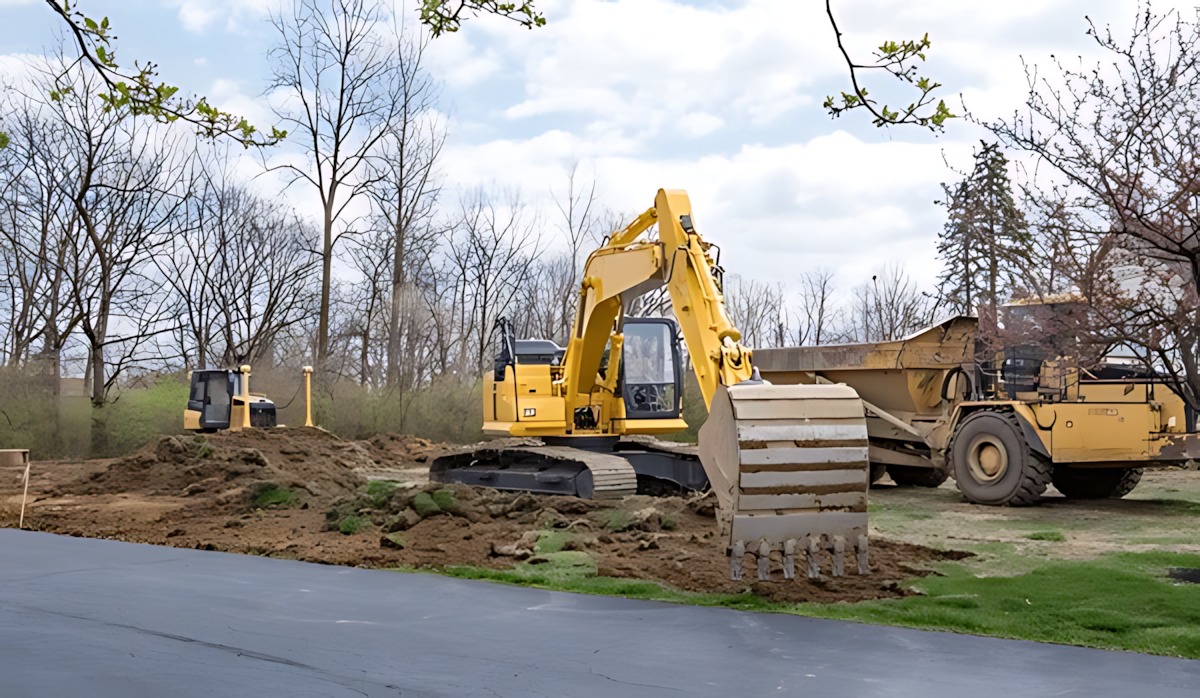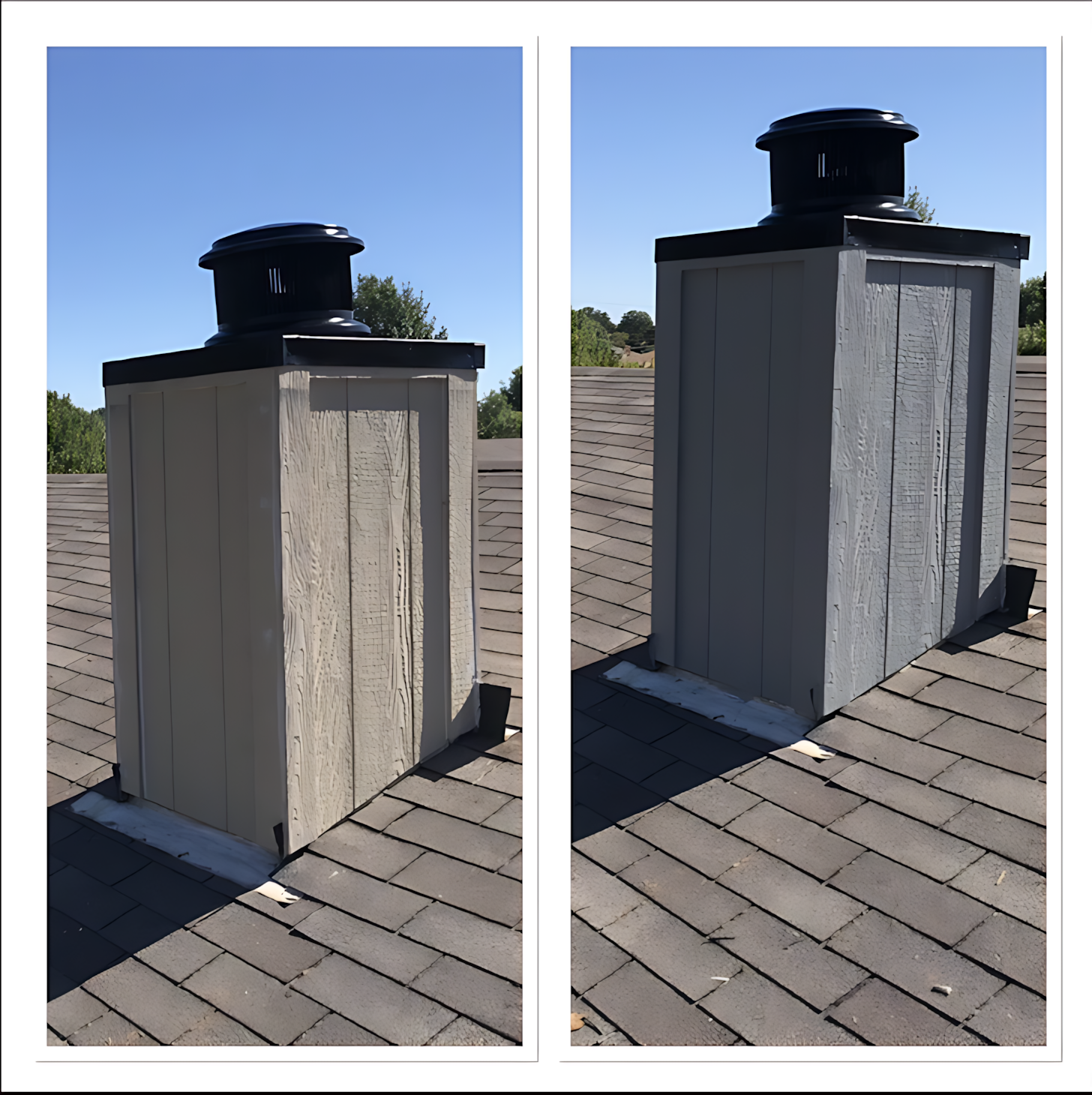Key Steps in Land Clearing
Land clearing involves the process of removing trees, stumps, brush, stones, and other obstacles from a specific area to prepare it for agricultural, construction, or development purposes. It is a critical first step in many projects, ensuring the land is safe, usable, and fit for its intended purpose.
Key Steps in Land Clearing
Assessment:
- Evaluate the area to determine the scope of work, terrain type, and environmental considerations.
- Identify features to preserve, such as protected trees or water sources.
Planning:
- Create a detailed plan, including the machinery, tools, and workforce needed.
- Ensure compliance with local environmental and zoning regulations.
Clearing Techniques:
- Manual Clearing – Using hand tools for smaller areas or delicate operations.
- Mechanical Clearing – Utilizing bulldozers, excavators, and mulchers for larger projects.
- Controlled Burning – In some cases, fires are used to clear vegetation, though this requires strict regulation and safety measures.
Debris Management:
- Remove or repurpose cleared materials (e.g., firewood, mulch).
- Dispose of waste responsibly to minimize environmental impact.
Site Preparation:
- Level and grade the land as necessary for its intended use.
- Add erosion control measures to protect surrounding ecosystems.
Benefits of Land Clearing:
- Facilitates construction and agriculture.
- Improves safety by removing hazards like dead trees or dense brush.
- Enhances aesthetics and accessibility.
Environmental Considerations
- Avoid over-clearing to preserve biodiversity and reduce soil erosion.
- Follow sustainable practices to protect natural habitats and water resources.
- Land clearing is essential for progress but requires careful planning and execution to balance development needs with environmental stewardship.














